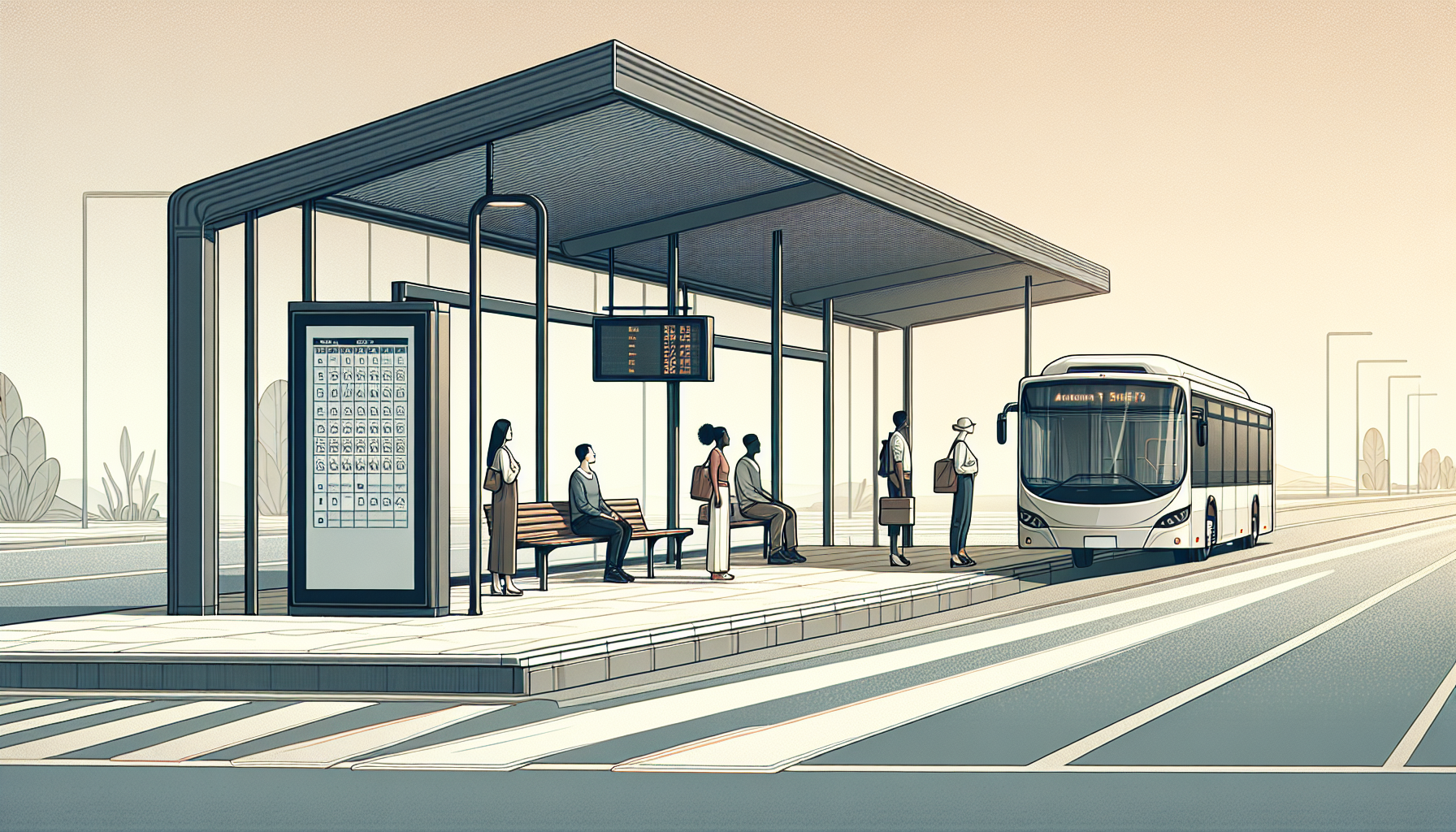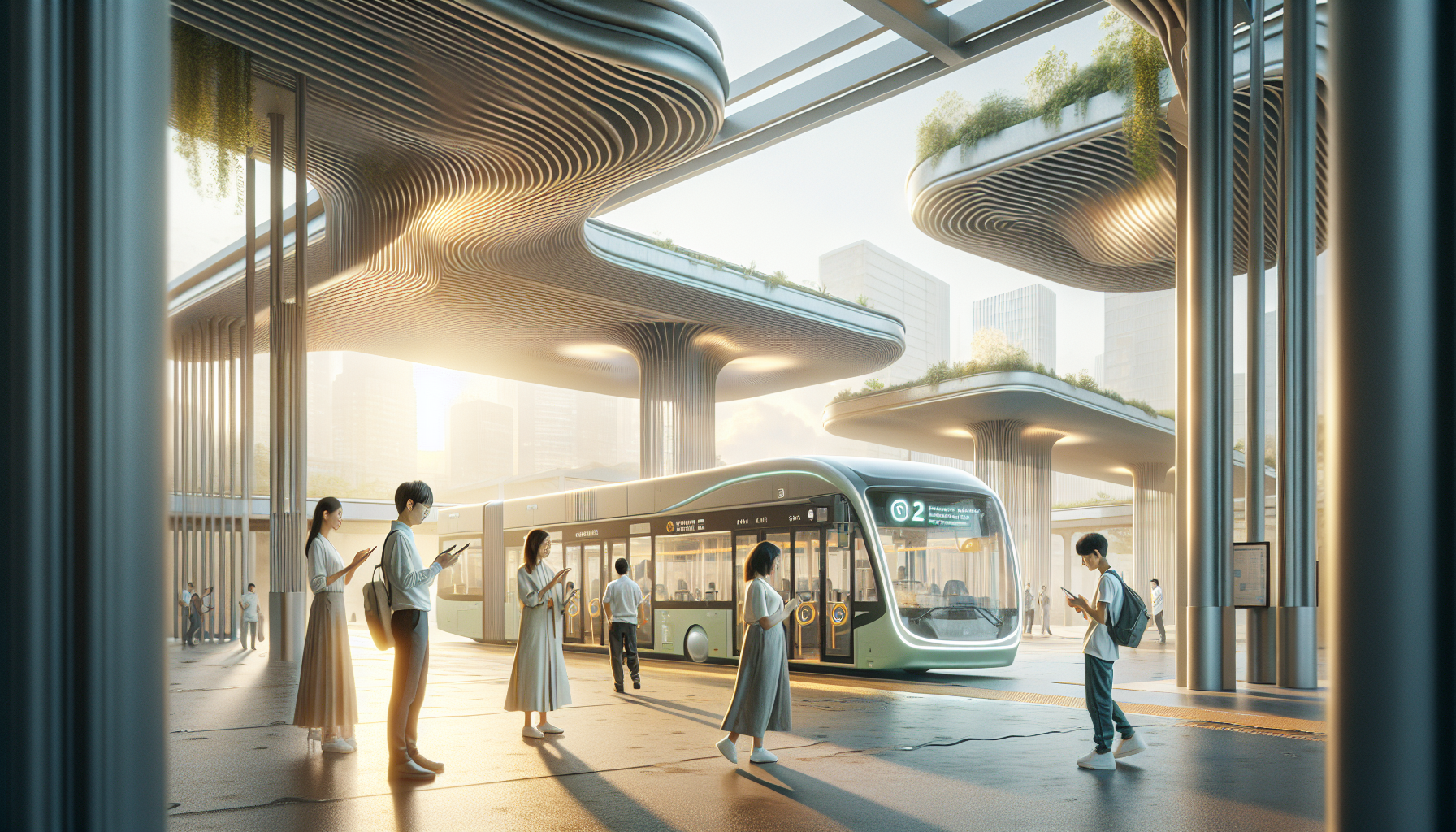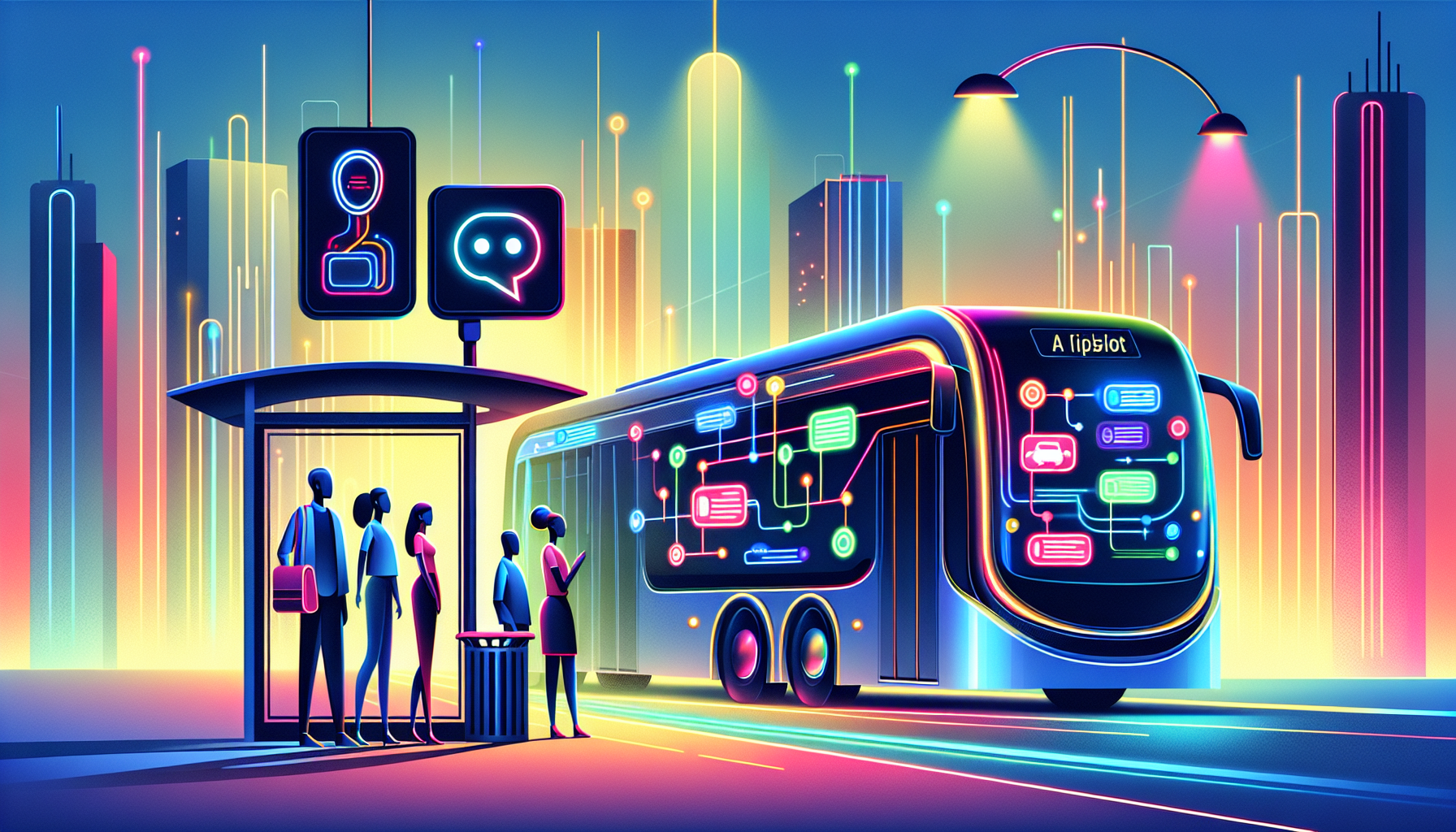Public transit can sometimes feel like a maze—crowded buses, delayed trains, and unclear routes can turn a simple journey into an adventure. If you’ve ever squinted at a schedule or faced long wait times, you’re not alone! Frustrating, right?
But don’t worry! If you stick around, we’ll explore how to harness the power of ChatGPT to gather ideas, tackle feedback, and improve our transit options together.
From crafting clever prompts to analyzing data, this guide will equip you with the tools to make public transit more efficient and user-friendly. Let’s dive in!
Key Takeaways
- Public transit faces challenges like overcrowding, reliability issues, and accessibility concerns.
- Use ChatGPT to create engaging prompts for gathering rider feedback and ideas.
- Analyze transit data with prompts to identify trends and service issues for improvement.
- Innovative ideas include mobile apps for real-time reporting and community boards for suggestions.
- Engage the community by asking about their experiences and changes they want in transit.
- Assess user needs by targeting demographics, usage patterns, and barriers to access.

Effective ChatGPT Prompts for Public Transit Improvement
Using ChatGPT for public transit improvement can streamline communication and gather valuable insights.
Here are some effective prompts you can use right now:
- “Generate a list of questions to ask riders about their experiences with public transit.”
- “Provide suggestions for improving service reliability in our local transit system.”
- “What are common issues faced by public transit users, and how can they be addressed?”
- “Create a survey to assess customer satisfaction with public transportation services.”
- “Draft a message encouraging the community to share their feedback on public transit.”
Common Challenges in Public Transit That Can Be Improved
Public transit systems frequently encounter several challenges that affect their efficiency and service quality.
Some common issues include overcrowding, service reliability, and accessibility concerns.
Overcrowding is often experienced during peak hours, leading to frustrated riders and a negative overall experience.
Service reliability can be a major headache; delays and inconsistent schedules can deter potential users.
Accessibility is another critical issue that affects individuals with disabilities, making it essential to evaluate and improve transit options.
Funding problems can limit the expansion and enhancement of public transport services, creating a cycle of inefficiency.
All these challenges can hinder user satisfaction, but they also present opportunities for innovative solutions.
How to Use ChatGPT to Gather Feedback on Public Transit
Gathering feedback on public transit is crucial for ensuring services meet the needs of users.
Start by creating engaging prompts that encourage community members to share their experiences.
Here’s a simple step-by-step plan:
- Ask users about their overall satisfaction with public transit: “Rate your experience with our public transit on a scale of 1-10 and explain why.”
- Encourage specific feedback: “What specific improvements would you like to see in our transit system?”
- Utilize open-ended questions for deeper insights: “Describe a recent trip taken on public transit; what went well and what could be improved?”
Lastly, analyze the feedback to identify trends and recurring themes that can guide future improvements.
Prompts for Analyzing Public Transit Data with ChatGPT
ChatGPT can assist in analyzing transit data to uncover valuable insights that promote service optimization.
Here’s a list of helpful prompts to facilitate your data analysis:
- “Summarize ridership statistics from the last quarter and highlight significant trends.”
- “Analyze performance metrics of bus routes to identify the top five routes based on ridership.”
- “Create a visual representation of data showing peak ridership times for our transit services.”
- “What anomalies in the data indicate potential service issues that need addressing?”
- “Generate a report on operational efficiency based on the latest transit data collected.”
These prompts can help decision-makers utilize data to drive improvements effectively.

Creative Ideas for Enhancing Public Transit Services
Thinking outside the box can lead to some fantastic improvements in public transit services.
Here’s a list of innovative ideas that can be inspired by user feedback and technology trends:
- “Develop a mobile app that allows users to report transit issues in real time.”
- “Create partnerships with local businesses for fare discounts or loyalty programs.”
- “Implement eco-friendly buses and educate riders about sustainability.”
- “Introduce a rewards program for frequent riders that can be redeemed for transit credits.”
- “Set up a community board in transit stations where users can share their ideas.”
By leveraging technology and community involvement, transit services can become more user-centric and efficient.
Engaging the Community in Public Transit Improvements through ChatGPT
Community engagement is vital for ensuring public transit meets the needs of its users.
Start by using simple prompts to reach out to your audience:
- “Share your experiences using public transit in our city; what works and what doesn’t?”
- “What changes or services would make you more likely to use public transportation?”
- “How can we connect better with the community regarding transit options?”
- “What features would you like to see in a future public transit system?”
- “What safety measures would make you feel more comfortable on public transit?”
Encouraging open conversation through these prompts can yield valuable insights and foster a sense of ownership within the community.
How to Assess Public Transit Needs using ChatGPT Prompts
Assessing public transit needs is essential for creating effective and responsive services.
Here’s a guide on how to do this using targeted prompts:
- “Identify the main demographics of our transit users and their specific needs.”
- “What are the peak times of usage, and how can we optimize service during these hours?”
- “Compile a list of barriers preventing users from utilizing public transit.”
- “What new routes or services do community members suggest based on their daily travel?”
- “How do users prioritize factors like cost, convenience, and safety when choosing transit options?”
These prompts can help you gather comprehensive data that informs decision-making and improves overall service delivery.

Case Studies: Successful Public Transit Improvements through AI
Seeing real-world examples helps us understand the potential of AI in transforming public transit.
Let’s take a look at three notable case studies that illustrate the effectiveness of AI-driven improvements.
1. In Los Angeles, using predictive analytics helped improve bus scheduling.
By analyzing ridership patterns, transit authorities reduced wait times and improved on-time performance.
2. In Singapore, AI chatbots were implemented to give real-time information to users.
This led to better communication and passenger satisfaction, allowing riders to receive instant updates about delays and service changes.
3. In Toronto, AI was used to analyze customer feedback through social media.
Transit planners were able to address common concerns swiftly and tailor services according to user needs.
These cases show how leveraging AI tools can lead to significant enhancements in transit services and overall user satisfaction.
Tips for Crafting Your Own Prompts for Public Transit Improvement
Crafting effective prompts is key to getting valuable insights from ChatGPT.
Here are some actionable tips to guide you in creating your own prompts:
1. Be specific: “Identify the top three problems local riders face on public transit.”
2. Use open-ended questions: “What suggestions do you have for making public transit more accessible?”
3. Ask for prioritization: “Rank the following improvements in order of importance to you: frequency of service, cleanliness, safety.”
4. Encourage elaboration: “Explain how delays affect your daily routine and what we can do to minimize them.”
5. Focus on community: “What role do you think the community can play in enhancing public transit services?”
By following these tips, you can formulate prompts that foster meaningful dialogue and actionable feedback for public transit improvement.
FAQs
Common challenges include inadequate service frequency, poor infrastructure, insufficient funding, outdated technology, lack of community engagement, and accessibility issues, all negatively impacting ridership and user satisfaction.
You can use ChatGPT to create surveys, facilitate discussions on community forums, analyze passenger experiences, and generate prompts that encourage users to share their thoughts and suggestions about public transit services.
Creative ideas include real-time tracking apps, improved waiting areas, incentivizing off-peak travel, implementing eco-friendly options, and community-driven events to raise awareness and engagement with public transit.
To assess public transit needs, you can generate prompts focusing on demographics, service frequency, accessibility, user experiences, and community feedback to identify gaps and prioritize improvements effectively.
